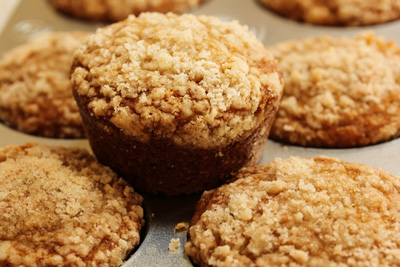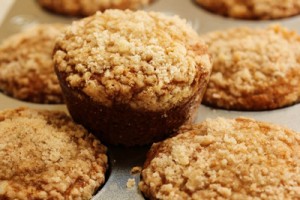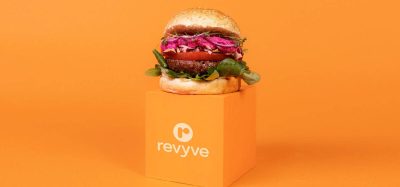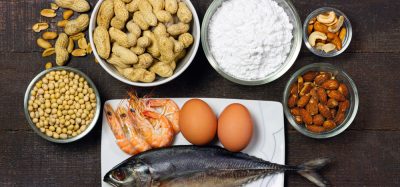Ashland supports the European gluten-free baked goods market
- Like
- Digg
- Del
- Tumblr
- VKontakte
- Buffer
- Love This
- Odnoklassniki
- Meneame
- Blogger
- Amazon
- Yahoo Mail
- Gmail
- AOL
- Newsvine
- HackerNews
- Evernote
- MySpace
- Mail.ru
- Viadeo
- Line
- Comments
- Yummly
- SMS
- Viber
- Telegram
- Subscribe
- Skype
- Facebook Messenger
- Kakao
- LiveJournal
- Yammer
- Edgar
- Fintel
- Mix
- Instapaper
- Copy Link
Posted: 1 December 2015 | Victoria White | No comments yet
At Fi Europe, Ashland is demonstrating how one hydrocolloid ingredient improves both the qualitative and quantitative attributes of gluten-free foods such as bread…


Gluten-free foods have become a mainstream product category.


Last year, food and beverage companies introduced more than 20,000 products into the global marketplace with a gluten-free label designation.
Ashland Specialty Ingredients is helping the gluten-free baked goods industry to produce products every consumer will enjoy. At Fi Europe, Ashland is demonstrating how one hydrocolloid ingredient improves both the qualitative and quantitative attributes of gluten-free foods such as bread.
“Rapidly growing demand in Europe and throughout the world is giving rise to new opportunities to use highly functional hydrocolloids to improve the eating experience for all consumers of gluten-free baked goods,” said Maxine Weber, global marketing manager, nutrition, Ashland Specialty Ingredients. “Only one percent of the population is estimated to have coeliac disease, yet as many as 30 percent of consumers are estimated to buy at least one gluten-free food product.”
Hydrocolloids restore functional attributes of gluten-free goods
Hydrocolloids, derived from plant sources and known within the food industry as ingredients that influence texture or viscosity, also serve to restore the functional attributes of gluten-free baked goods.
“Typically, bakers will use xanthan gum, guar gum, cellulose gum, or locust bean gum as a replacement for gluten in gluten-free baked goods. However, food scientists have published studies over the past few years that suggest quantitative attributes, such as bread loaf volume, is improved when modified cellulose serves as the replacement for gluten in bread recipes,” Weber explained.
She said that hydrocolloids such as Ashland’s Benecel HPMC-modified cellulose also improve the softness of bread and the structure of crumbs.
“Now more than ever, this hydrocolloid is accepted by popular bread and food merchants for the sensational qualities it brings to gluten-free bread,” Weber added.








